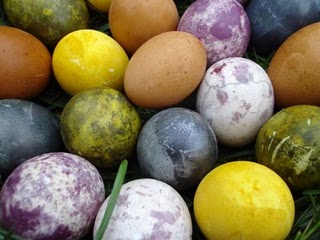As I mentioned in an earlier entry, I am posting out first weekend’s show schedule. Once the weekend shows have been decided, I will be posting it here and on my facebook page at http://www.facebook.com/alicethecook. 
11:00am – Spice Blends lecture (learning how to make curry, garam masala, and ras el hanout in your own kitchen)
12:30pm – Cooking demonstration: Italian Calamari with Squid Ink Pasta
2:00pm – History of spices lecture (how they were used and where did they come from)
4:00pm – Cooking demonstration: Pizza Making (history, dough making, etc.)
We are adding a 5:00pm show on seasoning your cast iron pots and wooden utensils after the first weekend, but we may be having a run through first weekend.
Four versions of our self-produced cookbooks and a limited number of our hard-cover cookbook will be for sale. FOr a limited time, we will be selling our 2011 souvineer cookbook that contains all of the recipes we demonstrated last year at the Minnesota Renaissance Festival. We have plenty of room for seating and shade to enjoy. We hope to see you there!



